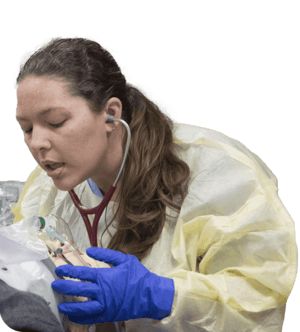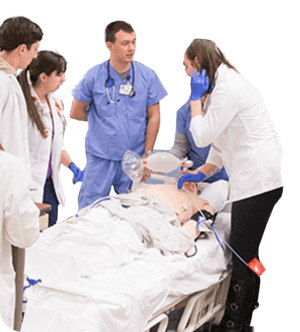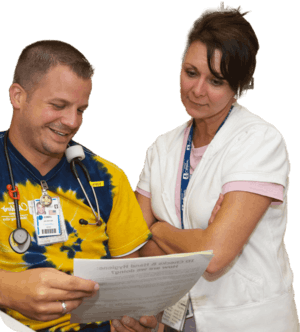Throat Infections RECS Learning Module
Objectives
- Know when and why antibiotic therapy is indicated for pharyngitis and the duration of such therapy
- Understand that viral infections are the most common cause of acute pharyngitis in infants and preschool children
- Know the recommendations for a child with a persistently positive throat culture for group A streptococcus who is still symptomatic following a complete course of therapy
- Recognize the clinical manifestations of group A streptococcal infection: pharyngitis, impetigo, cellulitis, toxic shock syndrome, and necrotizing fasciitis
- Know there clinical presentation for a patient with a retropharyngeal abscess and peritonsillar abscess. Be able to distinguish between the two
- Know the epidemiology of Epstein Barr virus: mode of transmission, incubation period, and period of communicability
- Know the range of clinical manifestations of Epstein Barr virus infection in children of various ages
- Distinguish (by serologic tests) between acute and past Epstein Barr virus infections
- Plan the management of a patient with uncomplicated infectious mononucleosis and understand the indications for the use of corticosteroids
- Recognize the implications of a negative heterophile antibody test for Epstein-Barr virus infection early in the illness and for children younger than 4 years of age
- Recognize the potential central nervous system and hematologic complications of Epstein Barr virus infection in a normal host
Self-quiz:
- What are the common clinical signs of mononucleosis in a 3 year old? What about a 17 year old
- How is the Epstein Barr virus transmitted? What is the incubation period? How long is your patient contagious?
- What are the potential complications of Epstein Barr virus?
- Describe the rash seen in patients with mononucleosis on amoxicillin therapy. When should it resolve by?
- A 4 year old patient is found to have acute mononucleosis based on serologic testing. What results should be seen? What is your management?
- A mother brings in her twin daughters for pharyngitis. One sister is found to be positive for group A strep. She has an allergy to amoxicillin, what is your next best option for therapy? Twin sister is negative in the office on point of care testing. What should you do for her?
- Discuss the suppurative and nonsuppurative complications of group A strep.
- A parent is convinced their 2 year old child has strep due to a remote exposure to 7 year old neighbor child 2 weeks ago. What signs and symptoms can help you differentiate strep pharyngitis from viral pharyngitis in this child? Which is more common in a 2 year old?
- Discuss the management of a patient found to be a chronic carrier of Group A strep.
- Medical therapy should be trialed for what duration of time prior to surgical evaluation in both retropharyngeal abscess and peritonsillar abscess? What antibiotics are typically used and why?
Reviewed 10/2017













